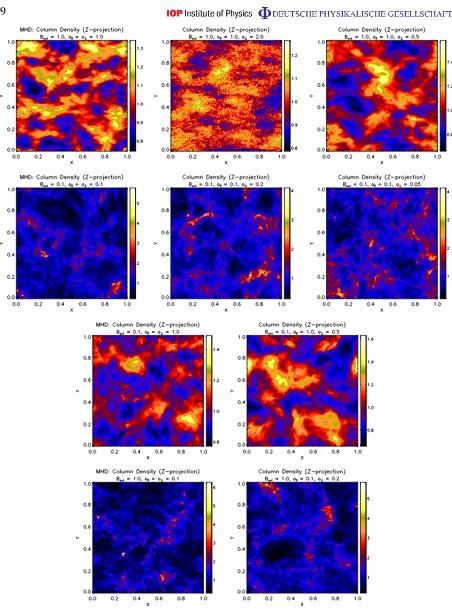Turbulence in collisionless plasmas : statistical analysis from numerical simulations with pressure anisotropy
Full text
Figure




Related documents
2- The neuroglia cells density (number of neuroglia cells) in all experimental groups increased in compare with control group and very near to compression group
interpretation crosses information concerning prescribed drugs, patient ’ s genetic variations to give a personalized report with all necessary information: drug interactions, drug
MRFs with guar gum coated CIPs provided higher yield stress and stability due to improved particle compatibility with carrier fluid and reduced density
In such countries where there are favourable conditions for the development of intellectual capital, it (intellectual capital)t urns into a leading endogenous driver of
The proposed scheme i.e., max sum and max min algorithms are compared to a benchmark scheme i.e., Maximize Throughput Gain (MTG) resource allocation algorithm in
[ 39 ] used a combination of self-report (i.e., BIS-11, UPPS-P, MCQ) and laboratory-based tasks (i.e., Go/NoGo Task, Conner ’ s CPT) to assess a proposed latent structure of
The only statistically significant difference between cell lines in the same culture platform or between culture platforms of the same cell line was a ~9-fold higher transcript
ARDS: acute respiratory distress syndrome; ATI: alveolar type I; ATII: alveolar type II; BASCs: bronchioalveolar stem cells; DASCs: distal airway stem cells; ENaC: epithelial Na +





